Art that has been most prominently recognized over the years is usually that of the European or Western descent. However, as we dive deeper into the other areas of the world you can find that Art was just as much as an influence there. During the Eighteenth Dynasty in Ancient Egypt, Akhenaten took over the reign of Egypt from 1352-1336 BC. During his time there he managed to change the traditional style of art that had been consistently the same for about 3,500 years. Originally ancient Egyptian art sought to preserve political and religious order as well as to “embodify life”. However, once Akhenaten came into power he stressed the importance of one deity named Aten (the sun god), rather than the other traditional Egyptian deities. Aten was known as the king of kings and the provider of light. Akhenaten wanted to be considered the Aten of earth, and told his followers that they could only communicate to Aten through him. This radically changed not only the culture of the Ancient Egyptians but also their Egyptian art. After having some time in power Akhenaten successfully transformed Egyptian art into portraying Akhenaten’s religious ideals. This period of change became known as the Amarna era. Which consisted of pieces that either were of Aten, Akhenaten himself, or the royal family.
This piece was created sometime in between the time of Pharaoh Akhenaten’s reign. Chief sculptor Bek created this sculpture but it is of Akhenaten himself. This piece is currently in the Egyptian Museum in Cairo, Egypt. One things that made the Amarna sculptures different than the traditional Egyptian art was the accentuation of some bodily features. For instance in this sculpture above the face and neck is quite narrow, ears and lips are large, nose is slender, and the chin is very prominent. Although many of the full body sculptures of Akhenaten also made the stomach, hips, and calves quite big as well. This was quite common amongst the sculptures later in this Amarna era. Originally the features of Akhenaten were proportioned quite normally, however it is thought that disease could have taken over and therefore changed his appearance and also the way people painted or sculpted him. One thing I have always enjoyed about Egyptian art was that it is very easy to distinguish apart from other countries traditional art. I particularly like how they portray people in a way that is different from other cultures perceptions of how people look. I imagine this is mostly because every culture see beauty differently and so they tend to portray through their art the standards of beauty in that culture. Overall, I really enjoyed this piece as it clearly reflects the effects Akhenaten had on the people and how the style of art changed once he came into power.
This art piece displays two of Akhenaten’s daughters the Amarna princesses. It is unknown when this piece was exactly made and who it was created by. Pieces such as this differs from traditional Egyptian art because it incorporates movement and activity, as well as equal skin tones between both sexes. Typically both sexes are given a dark brown skin tone, which is different from the normal dark brown/red for males and light brown/white for females. This piece is a good representation of the influence of the Amarna era as it displays some of the royal family and also shows some sort of activity happening between the two sisters. From what I can tell it appears the Amarna princesses are having a conversation with each other. I originally had difficulty figuring out if I was looking at a males, females, or aliens in this piece. Since even men are given feminine qualities in works of themselves it can be difficult to distinguish between the two. I really enjoy this piece as it is very simple yet displays a lot of history and meaning. I love the detail of the finger nails and toe nails that they incorporated in their feet and hands. I particularly have always liked the dark eyeliner that the Egyptians would wear and show in their art pieces as well.
This piece here is what they call a relief. It is a sculptural technique that involves carving out the main points of the image. It is supposed to look as if the subjects are coming out of the background plane. It is unknown who carved this relief above or when it was created but it does portray Nefertiti, Akhenaten’s wife. During this Armanan era royal women were displayed in art pieces more than they ever were prior to this time period. Akhenaten and Nefertiti were viewed at the same level and so Nefertiti was the main subject in many different pieces of art. The relief above is significant as it shows Nefertiti under the light of Aten. In this image it appears she is worshipping and offering up an item of value to the sun god Aten. I really like the relief style of art in this image, it really brings Nefertiti and Aten forward as the main subjects of this piece. I love the incorporation of the sun rays and how they shine over all the people Nefertiti. I think this piece is a prime example of the Amarna period and how Akhenaten’s reign influenced the beliefs of the following Egyptians.
Works Cited
“Akhenaten.” Ancient Egypt. N.p., n.d. Web. 5 Aug. 2015.
<http://www.ancient-egypt.co.uk/cairo%20museum/cm,%20akhenaten/>.
“Amarna Art.” Ancient Egypt Online. N.p., n.d. Web. 6 Aug. 2015.
<http://www.ancientegyptonline.co.uk/amarnaart.html>.
“Amarna Art.” Wikipedia. N.p., n.d. Web. 5 Aug. 2015.
<https://en.wikipedia.org/wiki/Amarna_art>.
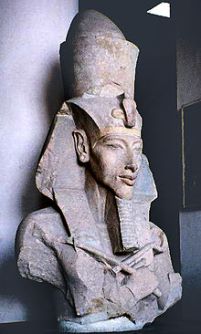
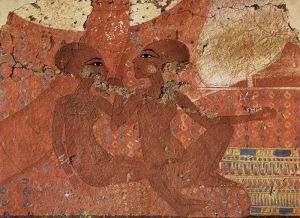
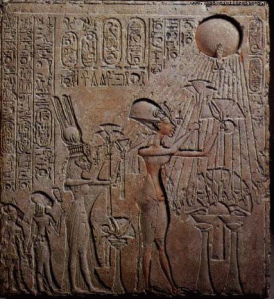


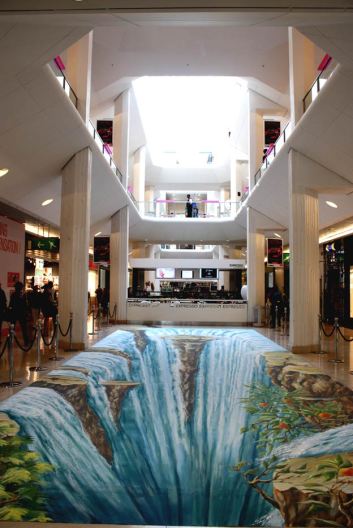
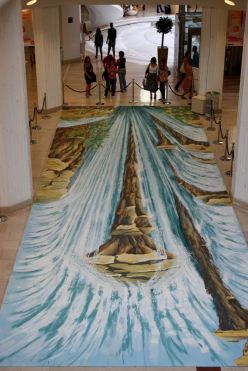
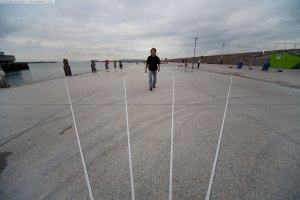

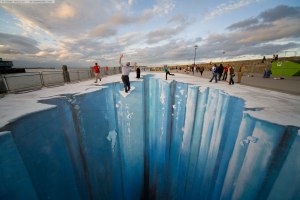
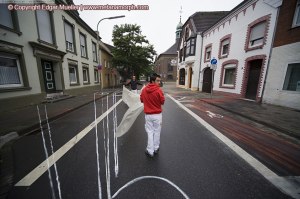
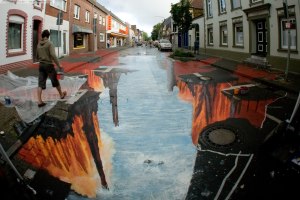
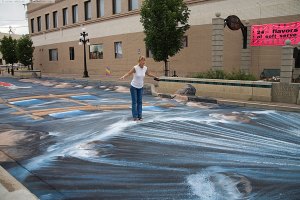
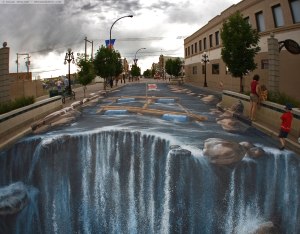
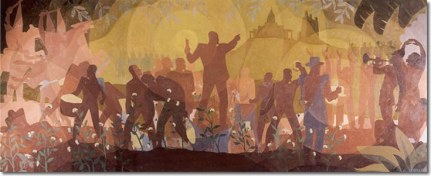
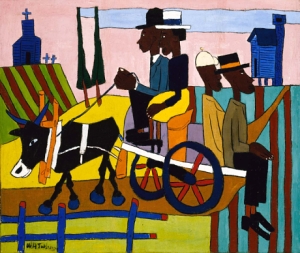

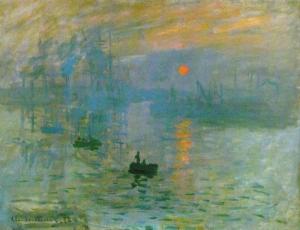
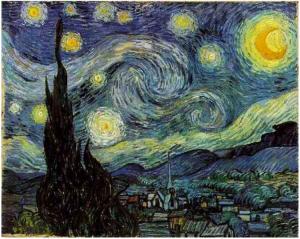
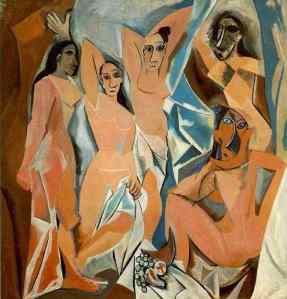
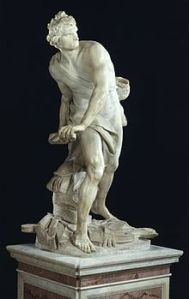
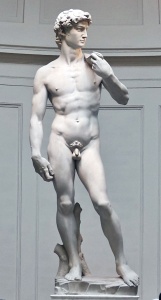

Recent Comments